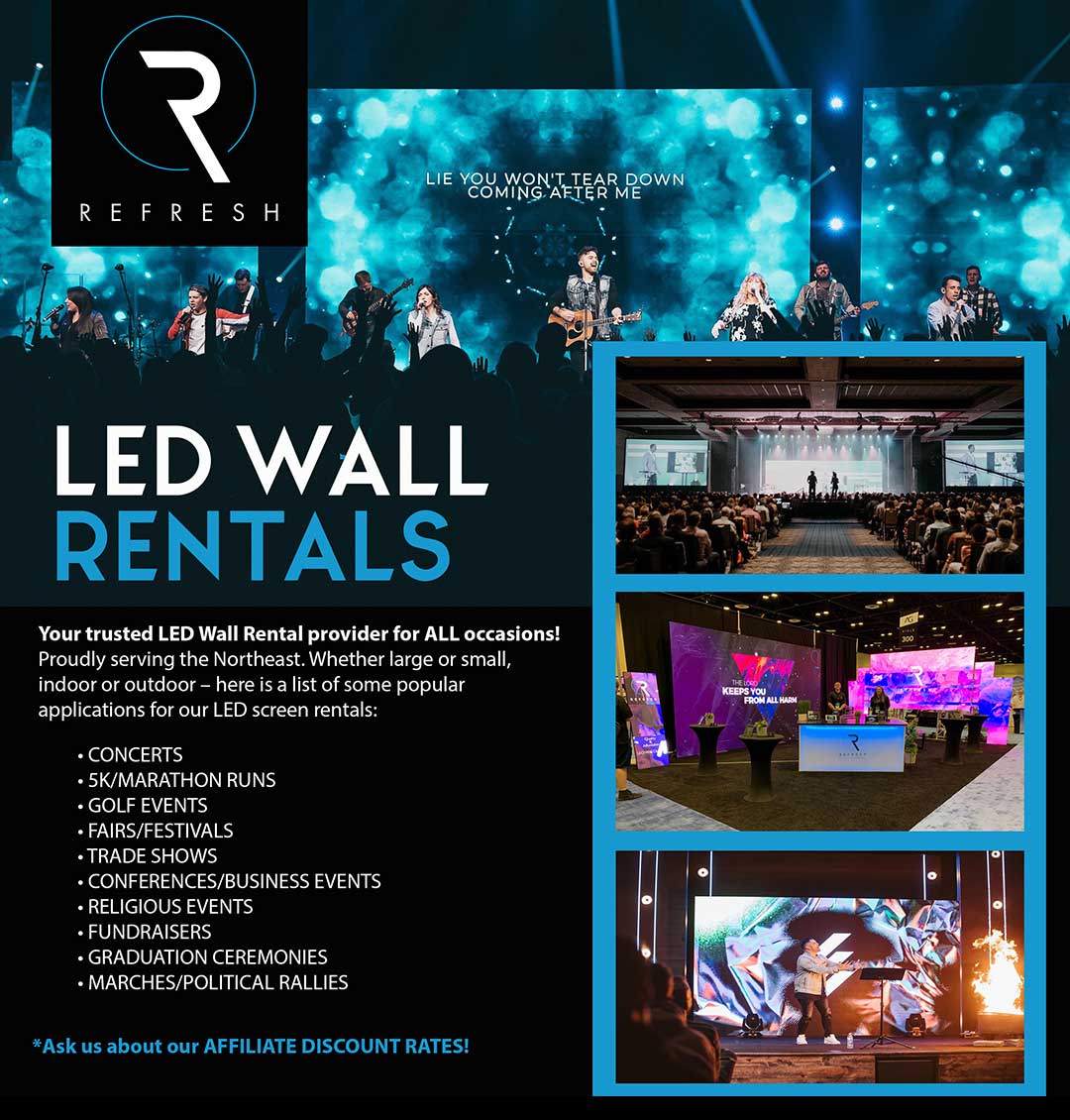Investigating the Longevity of Light Emitting Diode Wall Screens in Contrast to Traditional Screen Technologies
Investigating the Longevity of Light Emitting Diode Wall Screens in Contrast to Traditional Screen Technologies
Blog Article
LED panel panels have grown increasingly popular in current times, especially in settings like educational institutions, businesses, and community spaces. These panels use light-emitting lights (LEDs) to produce bright and lively visuals. One of the most notable advantages of LED technology is its longevity in contrast to conventional screen technologies, such as CRT ray tubes (CRTs) and liquid display screens. Grasping the distinctions in lifespan and performance between these options can assist consumers make informed decisions about their display requirements.
Classic screen technologies, like CRTs, have been present for many decades. They were commonly used in TVs and PC monitors. However, CRTs have a shorter lifespan, generally lasting approximately 10,000 to 20,000 hours of operation. This means that after a few of years, users may observe a decline in image clarity, such as dimming or hue deformation. In contrast, LED panel screens can last significantly longer, frequently exceeding 50,000 hrs. This extended lifespan means that users can experience reliable functionality without the requirement for frequent replacements.
Another crucial aspect to consider is power conservation. LED wall screens consume less energy than traditional screens, which not only helps the environment but also lowers power costs. For instance, while a CRT screen may use approximately 100 W of power, an LED screen can use as little as 30 to 50 W. This difference in energy usage contributes to the overall durability of LED innovation, as lower power consumption generates minimal heat. Excessive heat can damage electrical components, resulting to a reduced duration for traditional displays.
In furthermore to their extended lifespan and energy conservation, LED panel screens also provide enhanced image quality. They provide brighter colors and improved differentiation, making them ideal for multiple uses, from marketing to educational presentations. The innovation behind LED screens allows for a wider viewing perspective, meaning that images stay sharp and lively even when viewed from the side. This is a significant benefit over conventional screens, which often suffer from color deformation and diminished brightness at broader perspectives.
In summary, the longevity of LED wall panels in contrast to conventional display technologies is a crucial aspect for buyers to take into account. With lifespans that can exceed 50,000 hrs, power conservation, and enhanced visual clarity, LED technology offers many benefits. As innovation continues to progress, LED panel screens are likely to turn even more prevalent in various environments. Understanding these distinctions can help individuals check over here and entities make better choices when investing in display technology, ensuring they get the optimal worth for their needs.